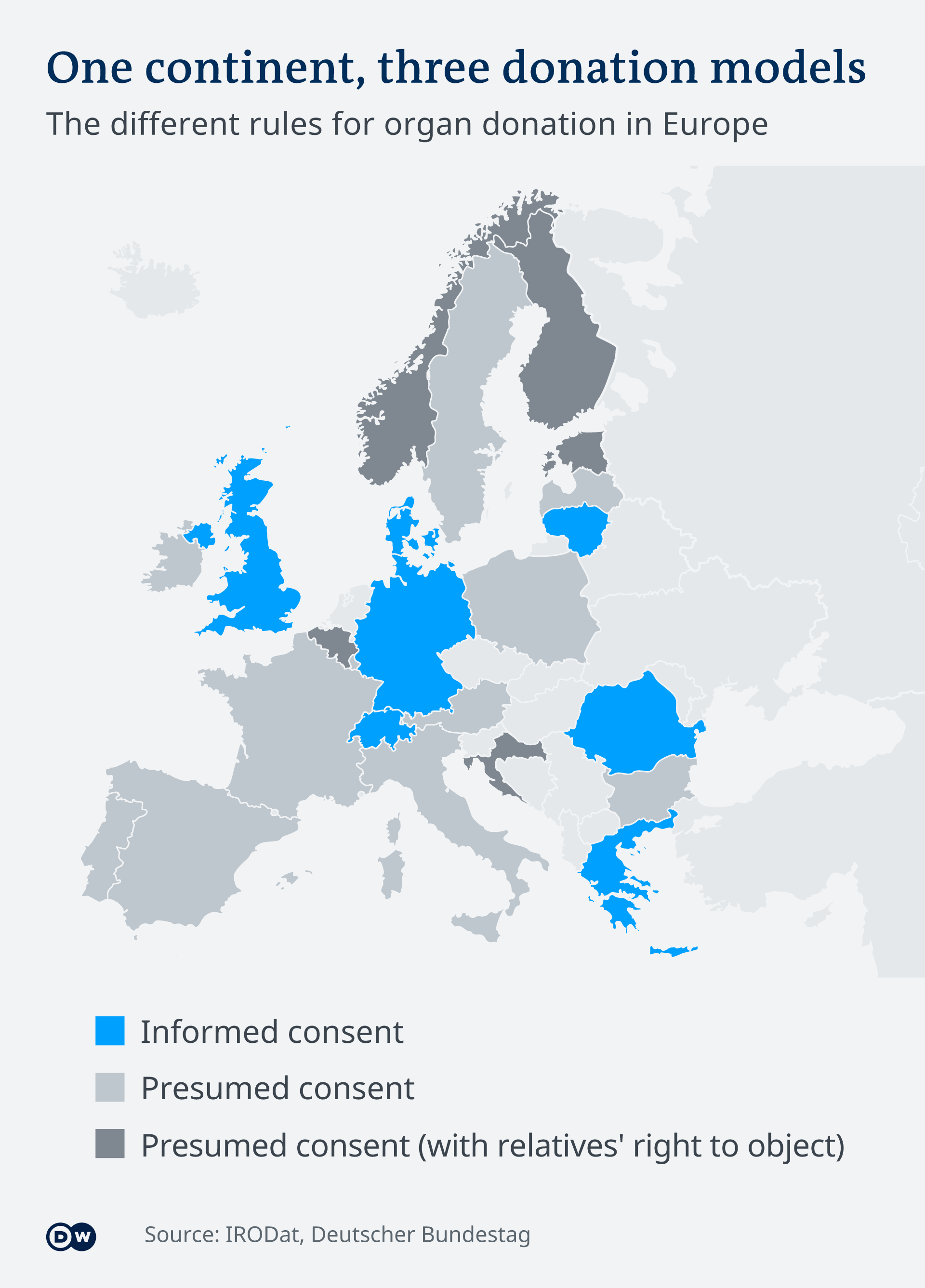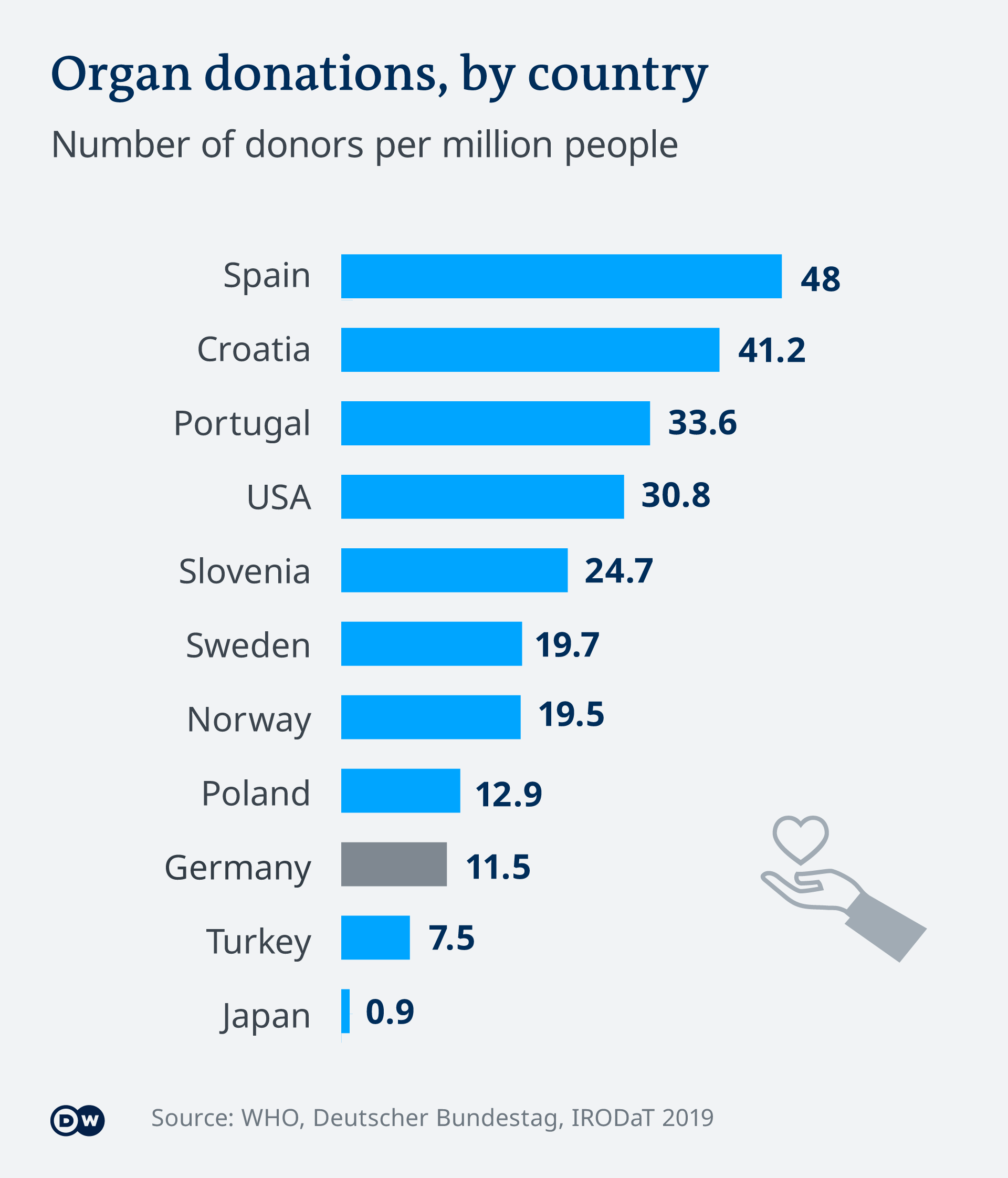Game theory is about how payoffs among multiple parties change the way they interact with each other. One of the most interesting areas of application is in the study of evolution of populations. Here's a paper about reciprocity in reproductive strategies that depend on the thickness of various aspects of the market...
The Evolution of Egg Trading in Simultaneous Hermaphrodites
Jorge Peña, Georg Nöldeke, and Oscar Puebla
Abstract: Egg trading—whereby simultaneous hermaphrodites exchange each other’s eggs for fertilization—constitutes one of the few rigorously documented and most widely cited examples of direct reciprocity among unrelated individuals. Yet how egg trading may initially invade a population of nontrading simultaneous hermaphrodites is still unresolved. Here, we address this question with an analytical model that considers mate encounter rates and costs of egg production in a population that may include traders (who provide eggs for fertilization only if their partners also have eggs to reciprocate), providers (who provide eggs regardless of whether their partners have eggs to reciprocate), and withholders (cheaters who mate only in the male role and just use their eggs to elicit egg release from traders). Our results indicate that a combination of intermediate mate encounter rates, sufficiently high costs of egg production, and a sufficiently high probability that traders detect withholders (in which case eggs are not provided) is conducive to the evolution of egg trading. Under these conditions, traders can invade—and resist invasion from—providers and withholders alike. The prediction that egg trading evolves only under these specific conditions is consistent with the rare occurrence of this mating system among simultaneous hermaphrodites.
Here's the full text.
The Evolution of Egg Trading in Simultaneous Hermaphrodites
Jorge Peña, Georg Nöldeke, and Oscar Puebla
Abstract: Egg trading—whereby simultaneous hermaphrodites exchange each other’s eggs for fertilization—constitutes one of the few rigorously documented and most widely cited examples of direct reciprocity among unrelated individuals. Yet how egg trading may initially invade a population of nontrading simultaneous hermaphrodites is still unresolved. Here, we address this question with an analytical model that considers mate encounter rates and costs of egg production in a population that may include traders (who provide eggs for fertilization only if their partners also have eggs to reciprocate), providers (who provide eggs regardless of whether their partners have eggs to reciprocate), and withholders (cheaters who mate only in the male role and just use their eggs to elicit egg release from traders). Our results indicate that a combination of intermediate mate encounter rates, sufficiently high costs of egg production, and a sufficiently high probability that traders detect withholders (in which case eggs are not provided) is conducive to the evolution of egg trading. Under these conditions, traders can invade—and resist invasion from—providers and withholders alike. The prediction that egg trading evolves only under these specific conditions is consistent with the rare occurrence of this mating system among simultaneous hermaphrodites.
Here's the full text.




